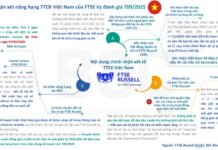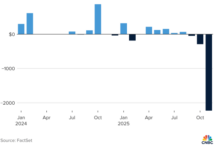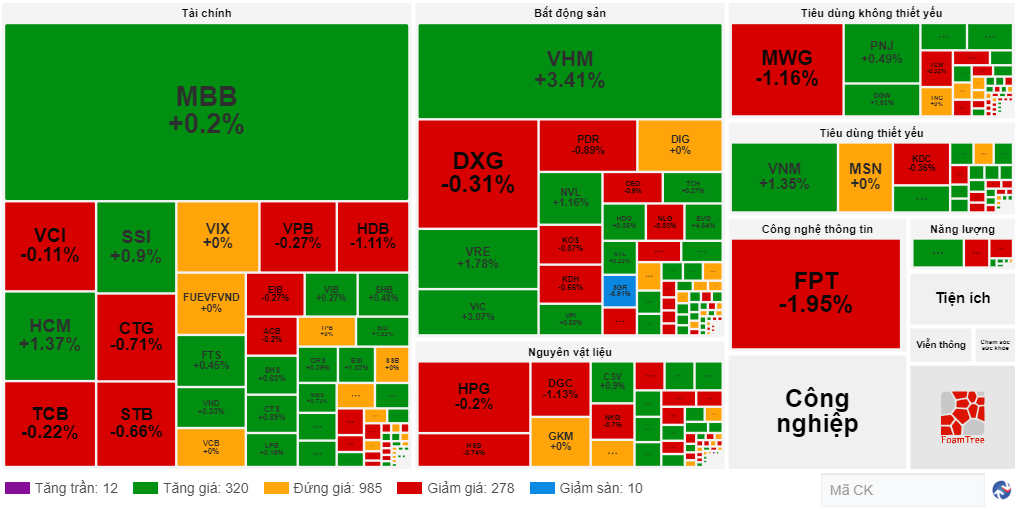
Vietnam’s Tuna Exports: A Challenging Road Ahead
According to statistics from the Vietnam Association of Seafood Exporters and Producers (VASEP), Vietnam’s tuna exports witnessed a decline in July 2025, dropping by 20% compared to the same period last year. Cumulative exports in the first seven months of 2025 fell by 3%, reaching almost $542 million. With this setback, it will be challenging for Vietnam’s tuna industry to match the achievements of 2024 in the remaining months of this year.
In July 2025, tuna exports to various markets experienced a downturn. Exports to the US market continued to falter due to concerns over new countervailing duties implemented in early August 2025, resulting in a significant decrease of nearly 38% compared to the previous year, totaling just under $21 million.
After five consecutive months of growth, exports to Japan took a turn for the worse in July, contracting by 23% year-on-year.
The escalating conflict in the Gaza Strip has impacted tuna exports to the Middle East. Notably, exports to Israel have been on a steep decline, plunging by 43% in July alone, reaching just over $2 million.
On a positive note, exports to the European market rebounded with a 12% increase in July. Among the top importers in the bloc, exports to the Netherlands soared by 133% year-on-year, while shipments to Italy and Germany decreased. Joining the Netherlands, exports to Lithuania and Belgium also exhibited robust growth, surging by 105% and 56%, respectively.
Mirroring the European trend, exports to Canada maintained their upward trajectory in July, climbing by 39% compared to the same month in 2024. Mexico also witnessed a substantial increase of 53% in tuna imports from Vietnam during this month.
As of August 7, 2025, the US began imposing new countervailing duties on products from different countries. The disparity in tax rates applied to Vietnamese goods compared to those of competitor countries like Thailand, Indonesia, and Ecuador is undermining the competitiveness of Vietnamese products. This development is expected to hinder tuna exports to the US market.
Additionally, geopolitical instability, logistics challenges, and fluctuating demand in key markets such as Russia, Israel, and Chile are significantly influencing exports to these regions.
Meanwhile, long-standing regulatory hurdles in fishing, processing, and exporting tuna remain unresolved, presenting ongoing difficulties for businesses in the industry. As a result, it is anticipated that Vietnam’s tuna sector will struggle to achieve a breakthrough and maintain its market share this year.
Vietnam has established itself as the world’s fifth-largest tuna exporter in terms of revenue, trailing only behind Thailand, Ecuador, Spain, and China. The Southeast Asian supply chain for tuna raw materials is shifting towards Vietnam, diversifying from Thailand’s previous dominance. In 2024, tuna export turnover reached $989 million, marking a 17% increase from 2023.





































